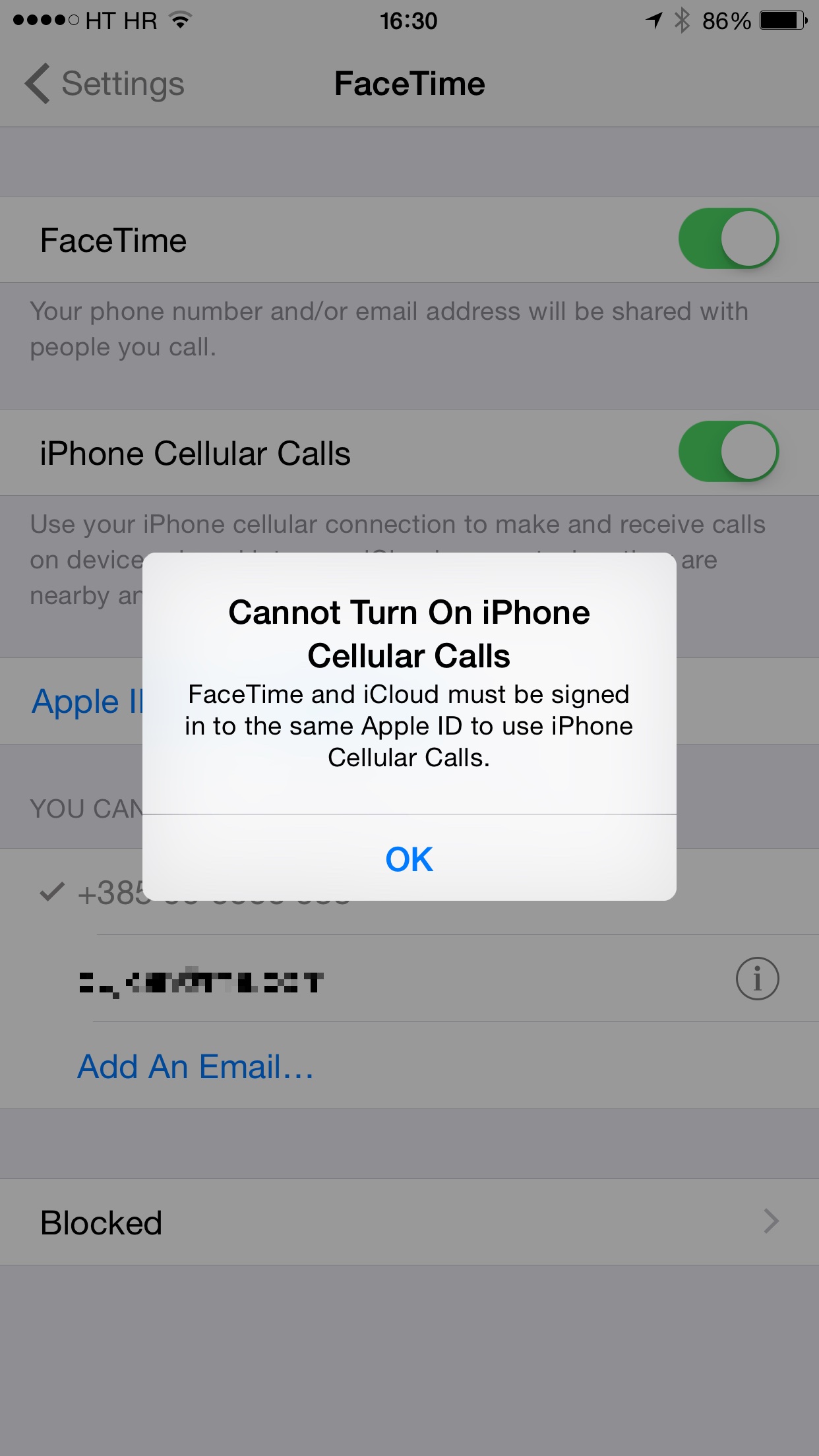Before you can use the Messages application or the FaceTime application, you need to identify which online account you will use. A chat account is your identification and contact information that other people use when they send text-based messages to you in the Messages application or initiate video calls in FaceTime. Go to Settings Messages and make sure that iMessage is on. You might need to wait a moment for it to activate. Tap Send & Receive. If you see “Use your Apple ID for iMessage,” tap it and sign in with the same Apple ID that you use on your Mac, iPad, and iPod touch. Open Settings, tap your Apple ID, and choose iCloud. Toggle on the button for Messages and Apple will prompt you to enable two-factor authentication. Once you set it up, your iMessages, SMS, MMS will be saved on iCloud storage. The Bottom Line. Here is how to access and download text messages/iMessages on iCloud. Tap Send & Receive. Tap your Apple ID at the top and press Sign Out. Toggle off iMessage. (or Facetime, if not working) 5. Visit Wi-Fi in settings and toggle Wi-Fi off and back on. Wait a few minutes, then toggle iMessage back on. Tap Send & Receive. Tap Use your Apple ID for iMessage. Enter your Apple ID information. The Apple ID being used for iMessage will be listed there. Make sure it is the same Apple ID as being used for your iCloud account, the one you verified earlier. If not, you’ll have to sign out and sign with the same account. To sign out, tap on your Apple ID in the iMessage settings screen.
When you first set up Messages on your Mac, you're asked to sign in to your iMessage account with your Apple ID. Messages then automatically attempts to sign in every time you open it. Signing in to FaceTime is similar. If either app doesn't sign in successfully, try these solutions.
Check your Internet connection
Make sure that your Mac is connected to the Internet. You should be able to load web pages or receive email, for example.
Check for a service outage
Check the Apple System Status page for a temporary outage affecting iMessage or FaceTime.
Check your Date & Time settings
Imessage Apple Id Verification Failed
- Choose Apple menu () > System Preferences, then click Date & Time. Make sure that the date, time, and time zone are correct.
- If the ”Set date and time automatically” checkbox is selected, deselect it and select it again. (If the checkbox is dimmed, click and enter your administrator password.)
Make sure that your software is up to date
Learn how to update your Mac software. Software updates can improve the stability, compatibility, and security of your Mac, and might also resolve the issue.
Check your Apple ID
To make sure that your Apple ID and password are correct, go to the Apple ID account page and sign in with the same Apple ID that you're using with Messages and FaceTime. If that works, open the app and take these steps:
- Messages: Choose Messages > Preferences, then click Accounts. Select your iMessage account, then click Sign Out. Now sign in again with the same Apple ID you used on the Apple ID account page.
- FaceTime: Choose FaceTime > Preferences. In the Settings tab, click Sign Out. Then sign in again with the same Apple ID you used on the Apple ID account page.
Reset NVRAM
In case the issue is related to any of the settings stored in NVRAM, reset NVRAM on your Mac.
Imessage And Apple Id
Check for third-party software
If you installed firewall, security, VPN, or other third-party networking software, make sure that the software isn't blocking any of the network ports used by iMessage and FaceTime. If necessary, disable the software and then try using your iMessage account or FaceTime again.
Imessage Apple Id Change

Learn more
Learn what to do if you have other FaceTime issues.
Imessage Apple Id
FaceTime is not available in all countries or regions.
